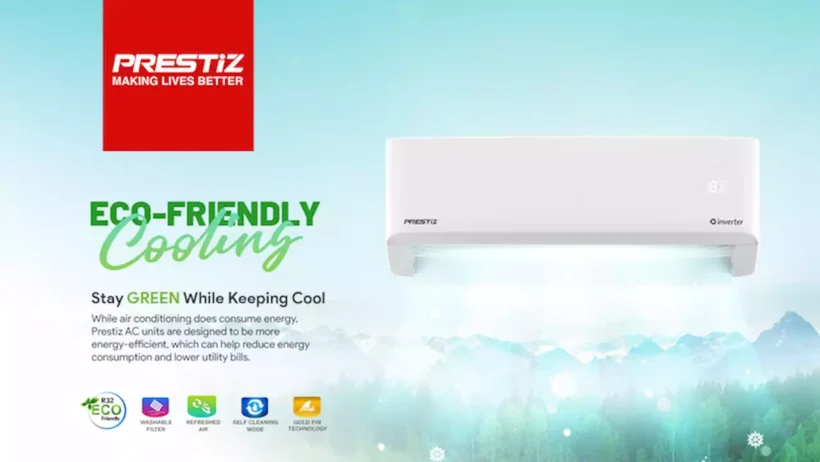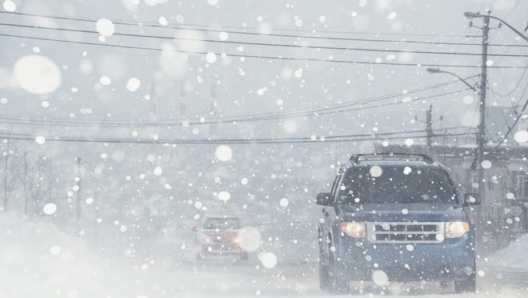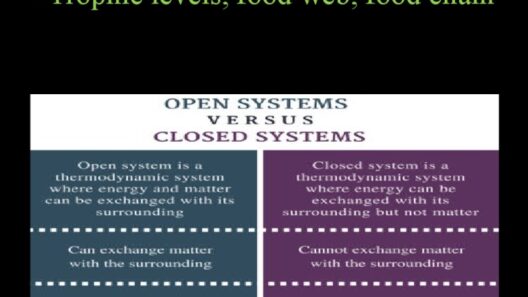In a world where temperatures seem to rise unabated, finding ways to beat the heat while also keeping energy bills in check has become a notable challenge for many households. Have you ever paused to wonder how you might cool your home without inadvertently inflating your monthly expenditures? The balance between comfort and economic sense is precarious, but with conscious effort, we can improve our environments while preserving the planet’s resources. This exploration entails evaluating best practices in heating and cooling, adopting energy-efficient solutions, and cultivating smarter habits.
First, let’s delve into the realm of energy-efficient appliances. The modern marketplace is flooded with climate control systems designed to optimize comfort without excessive energy consumption. Energy Star-rated models are a notable choice, as they utilize advanced technologies to reduce electricity usage. Ductless mini-split systems, for example, provide targeted cooling and can bring down both energy consumption and bills. While the initial investment might be higher, the long-term savings and environmental benefits often justify every dollar spent. So, should the challenge of higher upfront costs deter you from investing in sustainable solutions?
Moving into the domain of natural solutions, one must consider the intelligence of passive cooling techniques. Employing strategies such as window shading, awnings, and planting deciduous trees can significantly decrease heat gain within your home. By blocking direct sunlight during the hottest parts of the day, you can minimize reliance on mechanical cooling systems. Beyond that, strategic ventilation through positioning windows in alignment with prevailing breezes can facilitate an air exchange that nourishes indoor comfort levels. Isn’t it refreshing to think of cooling your home using nature’s own toolkit?
It is essential to address insulation as it plays a crucial role in maintaining thermal comfort. Attaining adequate insulation not only conserves energy in the winter months but is equally vital in summer. Effective insulation minimizes the transfer of heat between your home’s interior and exterior, ensuring a stable indoor temperature. By sealing gaps or utilizing weather stripping on windows and doors, you can fortify your home against unwanted air leakage. When was the last time you inspected your dwelling for these overlooked aspects?
In conjunction with insulation, the role of thermostats cannot be understated. Smart thermostats, with their intricate learning algorithms and remote control capabilities, could revolutionize how you manage heating and cooling. These devices allow for granular control over your home’s temperature, promoting energy savings by adapting to your schedule. The challenge here lies in the behavior adjustment required to fully utilize these gadgets. Are you willing to invest the time to understand and harness their full potential?
Moreover, during peak summer months, consider the advantages of evaporative coolers. These systems use significantly less energy than traditional air conditioning units, drawing in outside air through water-saturated pads. As the air passes through, it cools via evaporation, leading not only to less energy consumption but also to the return of pure, fresh air into your space. This strategy aligns perfectly with sustainable practices while throttling high cooling costs. Are you open to integrating such a solution into your life?
On the topic of airflow, the importance of ceiling fans cannot be overlooked. Thoughtfully utilized, ceiling fans can enhance the effectiveness of your cooling system. By circulating air, these fans create a wind-chill effect that can make you feel significantly cooler without needing to lower the thermostat. It’s a cost-effective strategy that complements almost any cooling method. Have you switched your ceiling fans to revolve in a counterclockwise direction for warm weather? A simple adjustment can lead to refreshing relief.
Incorporating reflective roofing materials represents another avenue to prevent heat absorption. Light-colored roofs reflect sunlight, decreasing the energy required for cooling. Additionally, this solution contributes significantly to the urban heat island effect, a phenomenon that raises temperatures in metropolitan areas due to human activities. The challenge here is in collaboration; your roof and those of your neighbors collectively contribute to the surrounding climate. How willing are you to advocate for broader community-level changes that benefit all?
Behavioral changes are just as pivotal as any appliance upgrade or home renovation. Running major appliances during off-peak hours reduces strain on the grid and can lead to lower energy rates. In addition, embracing a culture of energy conservation through simple practices—like turning off lights and unplugging devices when not in use—can accumulate substantial savings over time. Could you rally your household around this shared goal of mindfulness in daily routines?
Finally, engaging in renewable energy installations, such as solar panels, could create a seismic shift in how you experience energy consumption at home. Generating your own clean electricity not only mitigates previous reliance on fossil fuels but also drastically cuts electricity bills over time. Are you prepared to take on the challenge of embracing sustainable technology to not only better your immediate environment but also contribute positively to the broader ecological landscape?
As we navigate the dual lanes of comfort and conservation, embracing a variety of techniques and technologies provides a considerable advantage over traditional methods of heating and cooling. Energy efficiency is no longer a mere afterthought, but rather a requisite approach for those who care about their budgets and the environment. So, can you step into this challenge, armed with knowledge and intent, to create a cooler future? The answers lie at the intersection of awareness and action, and the path forward is in your hands.








